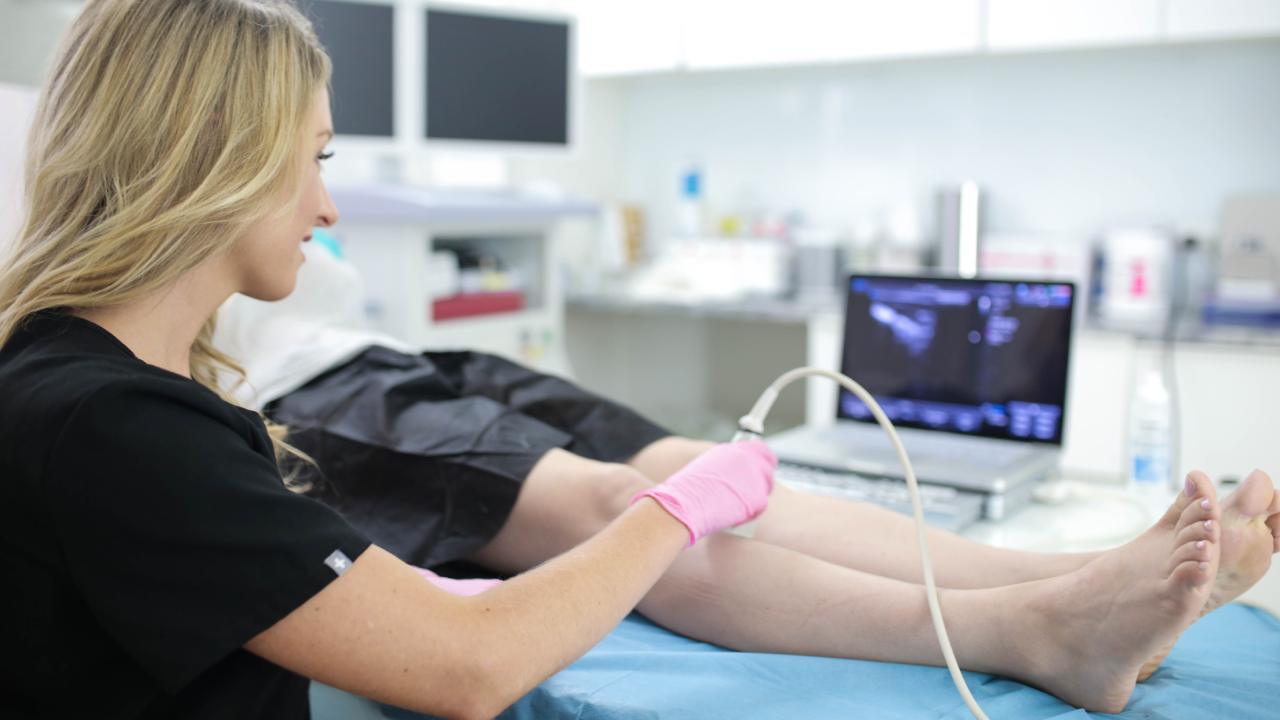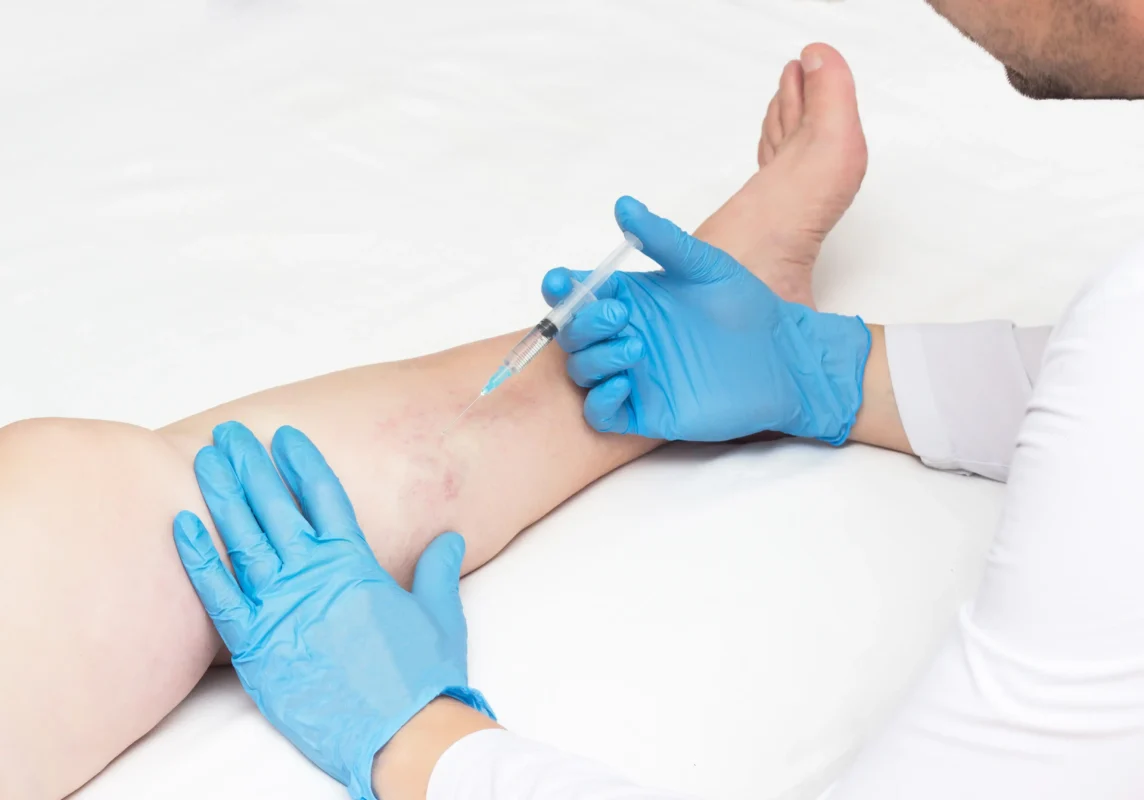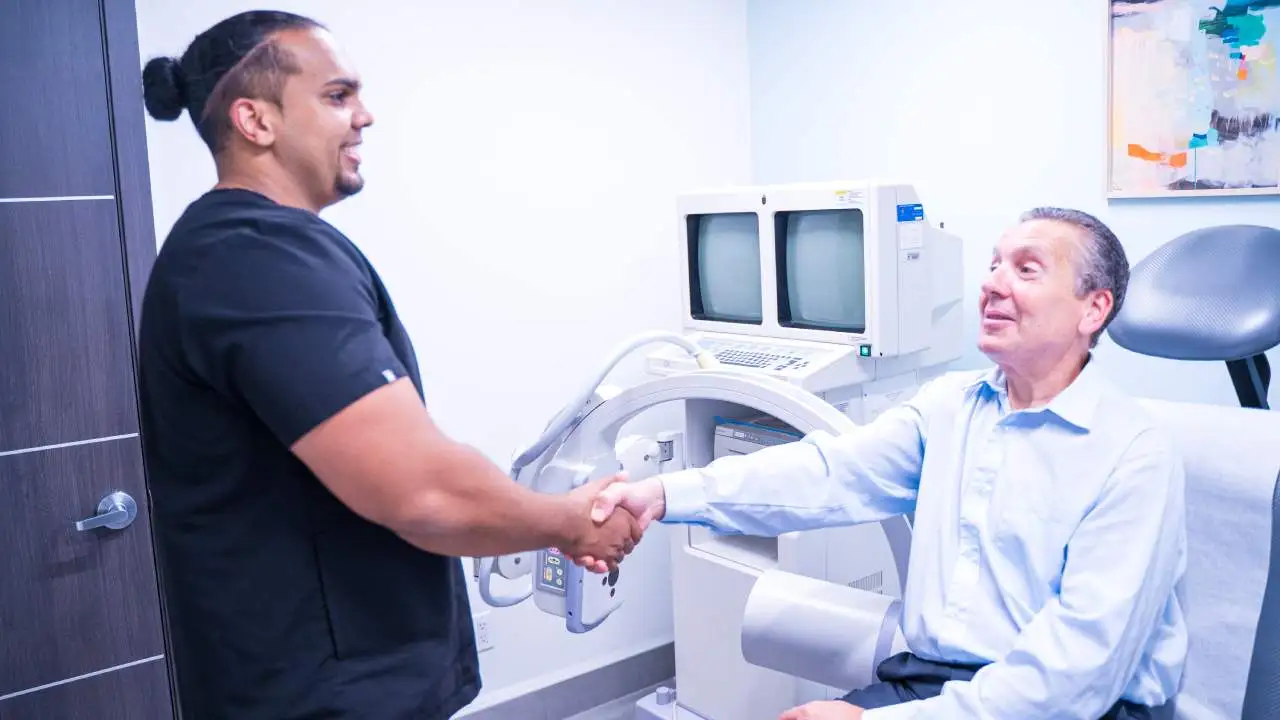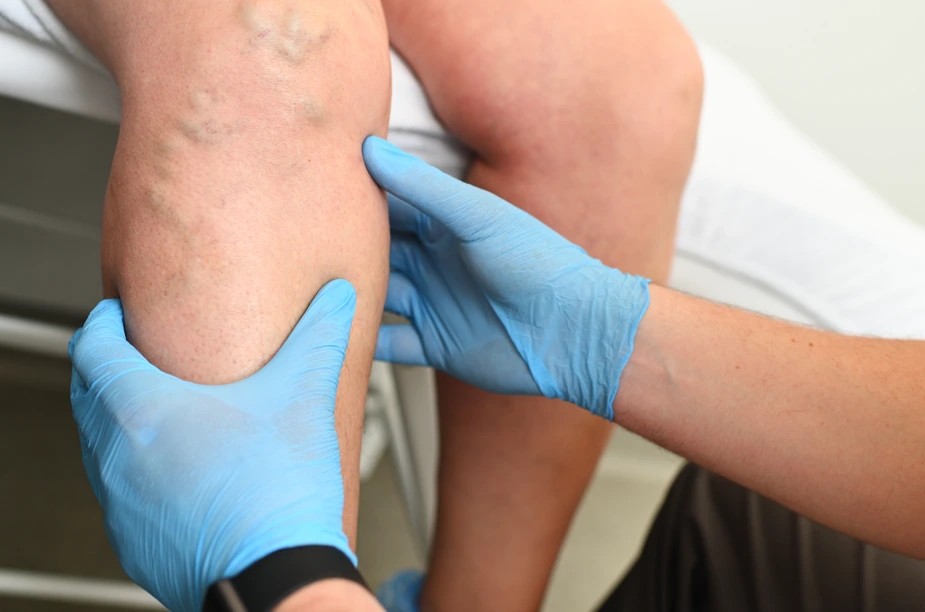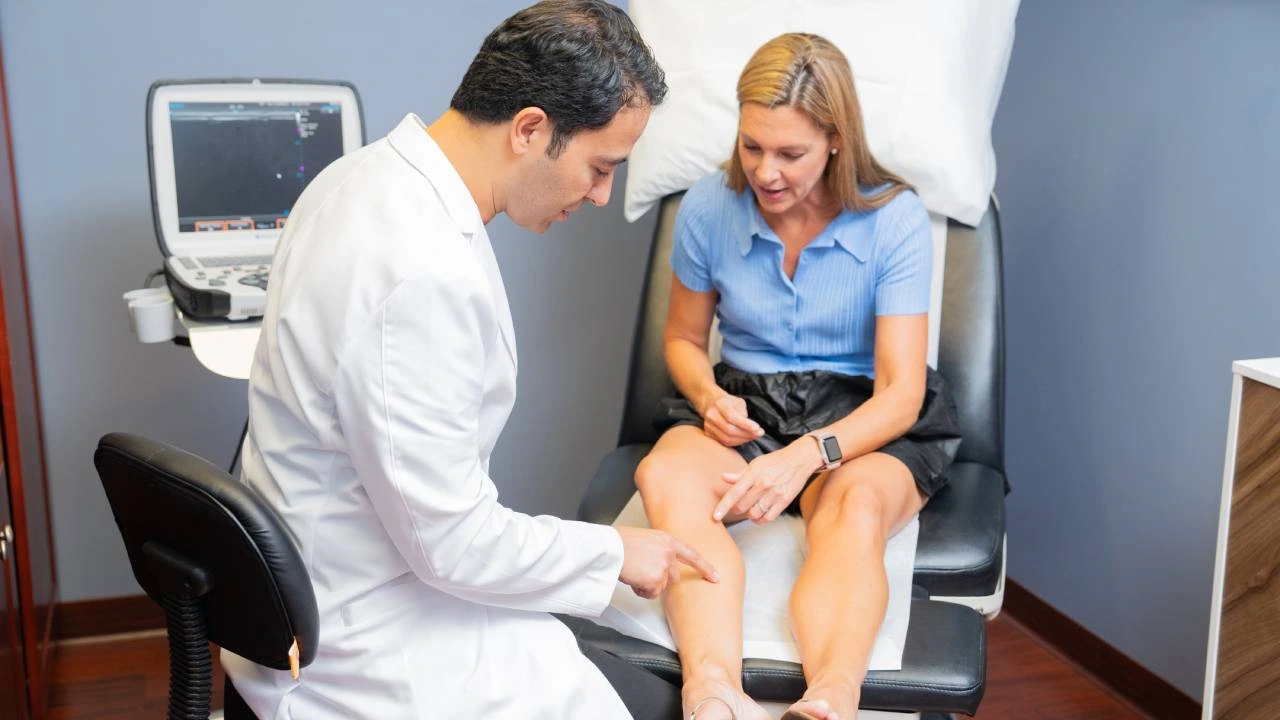Vein mapping is a crucial tool used by vein specialists to diagnose and treat issues like varicose and spider veins. While some may think it’s a seasonal procedure, vein mapping is essential year-round. This blog will explain the process and importance of vein mapping, debunk the myth of it being seasonal, and emphasize that vein health should be addressed at any time. We’ll also explore how vein mapping helps determine effective treatments, such as sclerotherapy or endovenous laser therapy (EVLT), which can be performed in any season for greater flexibility.
What Is Vein Mapping?
Vein mapping is a diagnostic procedure used to evaluate the health of your veins, particularly in cases of varicose veins or spider veins. It involves using advanced imaging techniques, such as ultrasound, to map the veins in your legs and assess blood flow. This process is crucial for identifying vein issues like venous insufficiency, which occurs when the one-way valves in veins become damaged, causing blood to pool in the legs. By examining the veins in detail, vein specialists can pinpoint the exact location and severity of the problem, enabling them to create a tailored treatment plan for each patient.
Vein mapping is typically performed in a vein center by a vein specialist, who will review the results and recommend the most appropriate treatment options. This may include minimally invasive vein treatments like sclerotherapy, endovenous laser therapy (EVLT), or radiofrequency ablation, depending on the condition of the veins and the patient’s unique needs.
Who Needs Vein Mapping?
Vein mapping is essential for individuals experiencing vein-related issues such as varicose veins, spider veins, or symptoms like leg pain, swelling, cramping, or skin discoloration. Those with a family history of vein disorders, non-healing leg ulcers, or persistent vein symptoms after pregnancy may also benefit from vein mapping. Additionally, it is a crucial diagnostic tool for patients requiring dialysis access or addressing chronic venous insufficiency, ensuring effective and targeted care.
The Importance of Vein Mapping for Diagnosing Varicose Veins and Spider Veins
Vein mapping plays a critical role in diagnosing varicose veins and spider veins. Varicose veins are enlarged, twisted veins that often appear blue or purple, while spider veins are smaller, red or blue veins that resemble webs. Both conditions are caused by weakened or damaged vein valves that allow blood to flow backward and pool in the veins. Spider veins are typically less severe, but they can still be a sign of underlying vein issues that may worsen over time.
At a vein center, a vein specialist can use vein mapping techniques to determine the location, size, and severity of varicose veins and spider veins, which helps in planning the most effective treatment. For example, vein mapping can help the specialist identify whether a vein is accessible for sclerotherapy (a procedure where a solution is injected into the vein to cause it to collapse) or whether endovenous laser therapy (EVLT) is a better option for sealing off larger veins. The results of vein mapping also help guide decisions about whether additional vein treatments are needed or if a more aggressive approach is necessary.
Why Vein Mapping Is Important?
Beyond diagnosing varicose veins and spider veins, vein mapping is essential for preventing complications related to venous insufficiency. If left untreated, venous insufficiency can lead to more serious problems, such as chronic leg ulcers, blood clots, and deep vein thrombosis (DVT). Regular vein mapping allows vein specialists to monitor the health of your veins and detect any early signs of these complications before they become more severe.
In addition to identifying the best vein treatment options, vein mapping helps ensure that treatments are targeted at the right areas of the veins, improving the chances of success and reducing the need for follow-up procedures. This proactive approach is key to maintaining healthy veins and preventing the progression of vein-related problems.
Is Vein Mapping a Seasonal Procedure?
Vein mapping is often misunderstood as a procedure relevant only during warmer months when varicose or spider veins are more visible. In reality, vein mapping is vital year-round for diagnosing and planning treatments for vein conditions. Untreated vein issues can worsen over time, leading to pain, swelling, or even ulcers. Whether it’s summer or winter, vein mapping helps identify the best vein treatment options to improve circulation and overall quality of life.
Vein treatments, including sclerotherapy and endovenous laser therapy (EVLT), can also be performed safely in any season, even during colder months. Despite misconceptions about delaying treatment to avoid wearing compression stockings or staying indoors, these modern procedures are minimally invasive with short recovery times. Patients can typically resume their normal activities quickly, making treatment convenient regardless of the time of year.
In fact, colder weather can make recovery more comfortable. Compression stockings are easier to wear in cooler temperatures, and the season allows patients to rest and heal at home without the demands of outdoor activities. For some, winter is an ideal time to focus on vein health, ensuring a smoother recovery and healthier circulation moving forward.
The Benefits of Consulting a Vein Specialist
If you’re concerned about varicose or spider veins, consulting a vein specialist is the first step. They can perform vein mapping to identify the cause and recommend personalized treatment options. Whether dealing with cosmetic concerns or more severe symptoms, a vein specialist can guide you through improving your vein health. Vein centers offer advanced diagnostic tools and treatments, ensuring an accurate diagnosis and a tailored treatment plan for the best results.
Vein mapping is not a seasonal procedure—it is a vital part of diagnosing and treating vein issues like varicose veins, spider veins, and venous insufficiency year-round. It provides valuable insights to help vein specialists plan effective treatments. Sclerotherapy, EVLT, and other vein treatments can be performed in any season, offering flexibility for patients. If you’re ready to manage your vein health, schedule a consultation with a vein specialist to improve circulation and enjoy healthier veins all year long.
Don’t wait for the perfect season—take care of your veins now!


